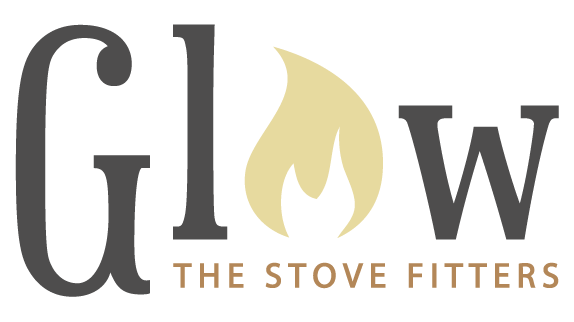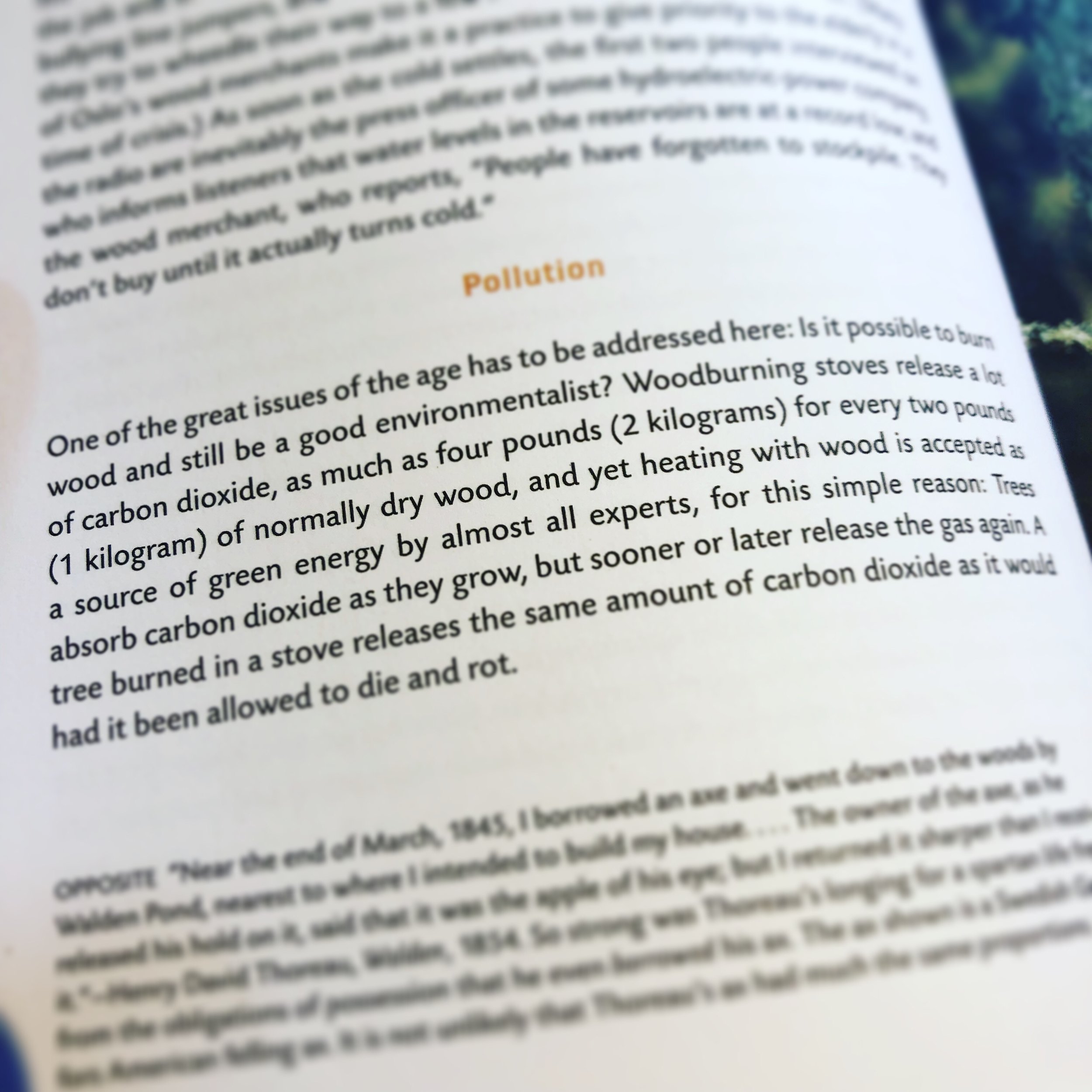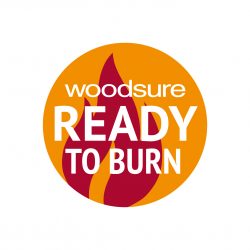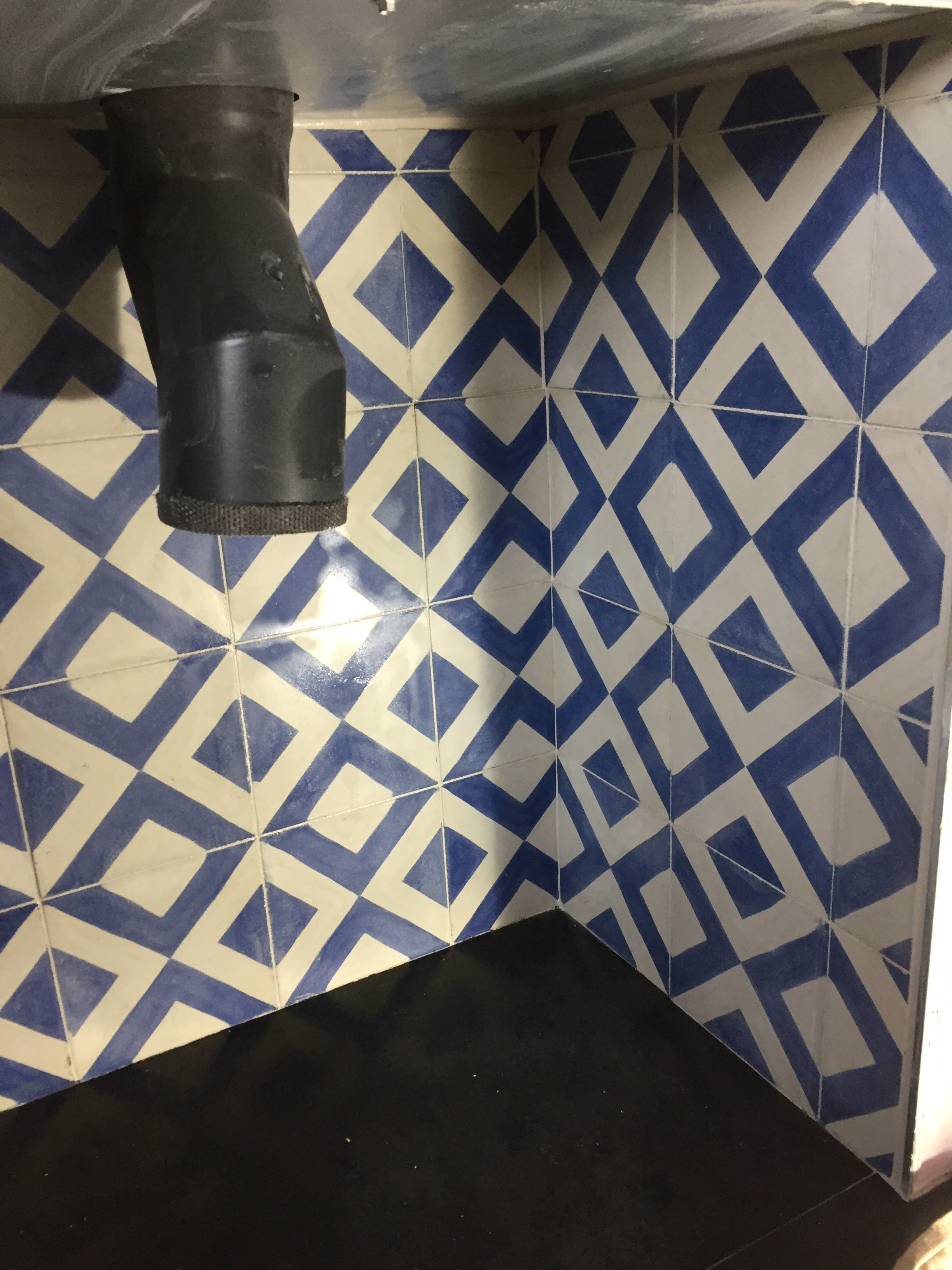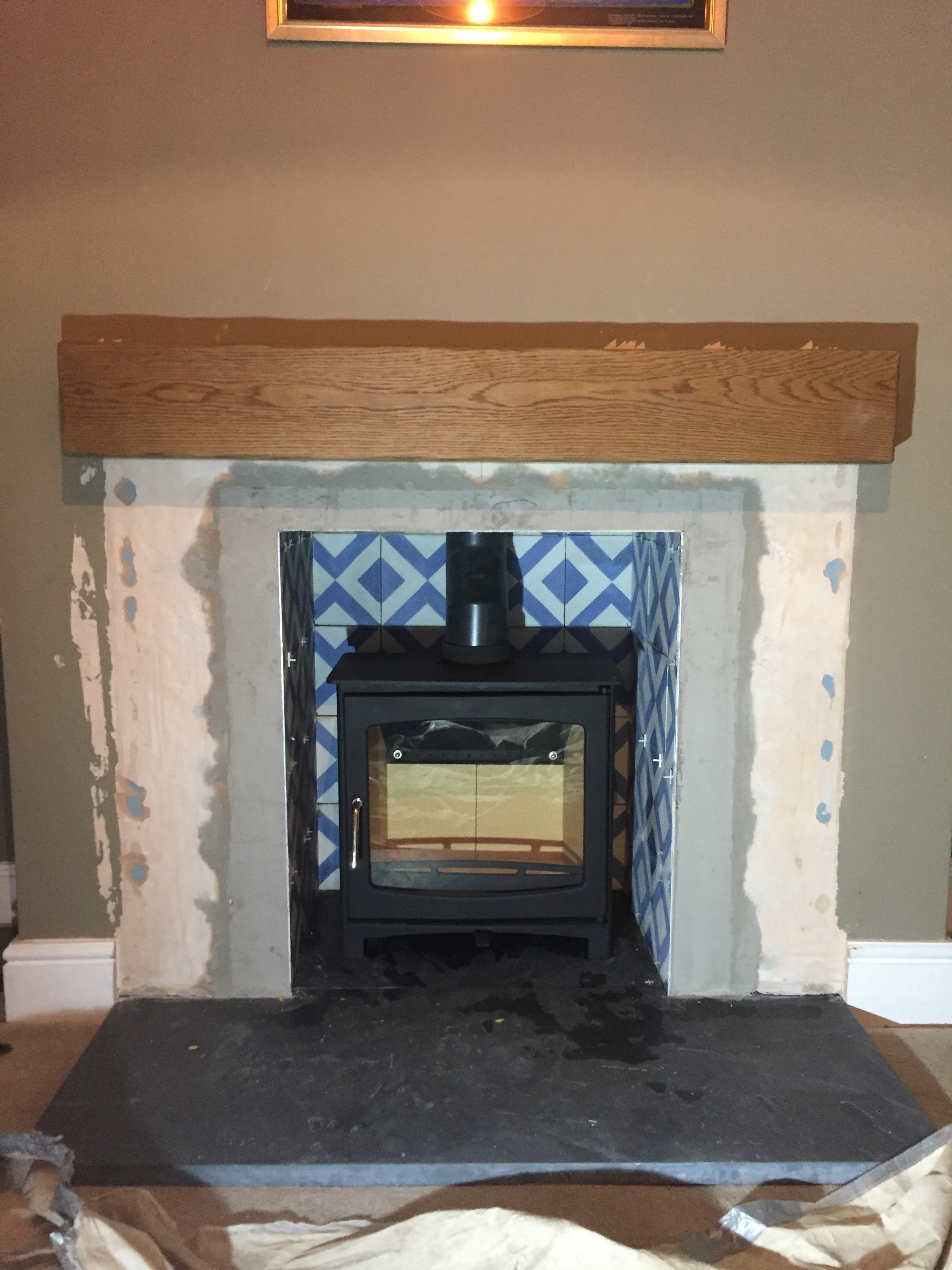Glow Woodburners are now offering beautiful oak mantles as well as precision-cut slate hearths to elevate your fireplace surround, which are made to measure at our Wiltshire workshop.
The Firewood Poem
There are many versions of this poem but is believed to be first published in THE TIMES newspaper on March 2nd 1930 and written by Celia Congreve.
Beechwood fires are bright and clear
If the logs are kept a year,
Chestnut's only good they say,
If for logs 'tis laid away.
Make a fire of Elder tree,
Death within your house will be;
But ash new or ash old,
Is fit for a queen with crown of gold
Birch and fir logs burn too fast
Blaze up bright and do not last,
it is by the Irish said
Hawthorn bakes the sweetest bread.
Elm wood burns like churchyard mould,
E'en the very flames are cold
But ash green or ash brown
Is fit for a queen with golden crown
Poplar gives a bitter smoke,
Fills your eyes and makes you choke,
Apple wood will scent your room
Pear wood smells like flowers in bloom
Oaken logs, if dry and old
keep away the winter's cold
But ash wet or ash dry
a king shall warm his slippers by.
Is it possible to burn wood and still be a good environmentalist?
I was reading ‘Norwegian Wood’ the other day and came across this excerpt. It got me wondering what could Glow be doing to encourage the planting of trees to slow the effects of climate change?
I looked into lots of charities that plant trees and decided that from September 2019, Glow is going to donate £5 from every installation job to the World Land Trust. With the hope that our customers would also consider donating to them as well.
What will £5 do?
Each £5 donation to Plant a Tree funds the care of one tree to the point at which it can survive on its own. This includes collecting the seed, nurturing the seedling, preparing the land, planting the tree, tending the sapling, and protecting the new forest. If the tree dies, another tree will be planted in its place.
“World Land Trust pioneered the Buy an Acre concept of buying land for conservation, starting in 1989, and has, since then, funded ground-breaking habitat protection for more than 30 years, with an impressive track record of achievements.
World Land Trust and its overseas project partners have been instrumental in the purchase and protection of more than 770,000 acres of tropical forest and other threatened habitats, and together ensure that more than four million acres of land is managed under active protection worldwide. Here is a summary of just a few of the Trust’s major activities and achievements.”
Owen Hopkins
Owner, Glow Woodburners.
Is your wood ready to burn?
in 2017 HETAS in partnership with Woodsure launched a scheme called “Ready to Burn” that enables customers who are buying logs, to have confidence in the wood they are buying.
Moisture Content
Wood displaying the ‘Ready to Burn’ logo will have 20% moisture content or less and once you get it home it is “Ready to Burn”, safe in the knowledge that it will not be causing damage to your appliance and in addition, will be reducing harmful emissions into the atmosphere.
We previously wrote a blog post about the dangers of burning un-seasoned wood in case you aren’t aware of the reasons it is so important to have a low moisture content in your logs.
Ready to Burn Suppliers
For more information and stockist, please visit the ‘Ready to Burn‘ and Woodsure websites.
HETAS also has a range of consumer advice leaflets which can be viewed at:
www.hetas.co.uk/consumer/hetas-advice.
Morso 04
Another installation of the popular Morso 04.
5 Common Mistakes When Using Smokeless Fuel.
We found this blog post, written by Mr Soot and thought it was well worth a share!
Brought in to help relieve pollution and smog in the 1950s, smokeless coal remains a popular choice of fuel today.
Generally, it’s cheaper and longer lasting than wood. I also find the heat from smokeless that bit more intense. But like any fuel, smokeless needs to be used properly in order to get the best from it.
Here’s five common issues/hints and tips with smokeless fuel:
Always Clear The Grate and Ashpan Before Lighting a Smokeless Fire
Mineral fuels such as coal need air from below to combust, so it’s important air can flow through the fire. Restricting the air flow will either result in the fire not catching at all, or it will burn at a really poor rate and you’ll get no heat from it.
Never Mix Smokeless and Wood Logs
This is a really common mistake which people make. There’s a few reasons why it’s a bad idea.
Firstly, as mentioned above, smokeless needs air from below the grate to combust. However, wood only needs air from above. So burning the two in the same fire is highly inefficient for both sets of fuels.
Also, and this is becoming more and more common, mixing the fuels can prompt premature liner failure. The reason is that the moisture from the wood (even dry wood has some moisture content) combines with the sulphur in the smokeless fuel to create an acid which attacks flues, particularly stainless steel liners.
You CAN of course use dry kindling wood to start a smokeless fire, but I strongly advise against using wood as a main fuel on a smokeless fire. My advice is stick to just one fuel type (either smokeless or logs) in a fire and burn it hot.
Never Burn Wet or Damp Smokeless Coal
Even though it comes bagged up, most smokeless ovals are left out in fuel producers and merchants’ yards in all weathers before being bagged. And even if they’re not left out, the coal can ‘sweat’ in plastic bags.
Putting wet smokeless (or any fuel come to that) on a fire will cause it to burn at really low rate. The moisture from the fuel will go up the flue and cause damage, particularly if you have a stainless steel liner. It also causes a really unpleasant ‘goo’ in the stove and on top of your stove’s baffle/throat plate.
The best way round this is to invest in a good coal bunker which allows your smokeless coal to air dry. Even if you buy your smokeless in bags, tip them in to a bunker before using them.
Never Slumber Smokeless Fuel or Burn It Overnight
There’s always a temptation to slow down a fire, either in an attempt to make it last longer or in order to reduce the heat, by turning down the air controls on your stove. Don’t do it.
The fuel will still burn, but more smoke and moisture will be emitted. This is not only bad for the environment (and make you Public Enemy Number One among your neighbours) it will ruin your flue. Moreover, you’ll get no heat out of it so you will be wasting your money.
If you’re finding the heat too much, open a door or a window. It’s much better for the stove and flue. As for the old excuse of people liking the fire to still be ‘in’ when they wake up, it’s just as simple to clear the grate, put some fuel on and start a fresh fire.
Not All Coal Is Equal – Check Before You Spend
Some smokeless coals are not approved for use in Smoke Control Areas or in multi fuel stoves. Also, never ever burn traditional housecoal in a multi fuel stove. This type of fuel can – at the time of writing – only be used on open fires in areas where there are no restrictions on burning. It also creates a heck of a lot of soot and, because of the amount of dust it has, can actually cause a ‘flash’ and shatter stove glass.
Conclusion
Smokeless fuel has had a bit of a bad press among sweeps in the past few years. This is largely because of the way people have burnt and and we are seeing the consequences; damaged liners. It’s true that the type of soot produced by smokeless is slightly more acidic than wood soot, so of course that in turn would make it slightly more corrosive. It is also a fossil fuel so not as great for the environment as seasoned wood. But I have customers who have burnt smokeless fuel for years, largely because they’ve been shown how to use it correctly. And that’s the nub of it; used correctly in an appliance which has been properly fitted and regularly maintained/swept, smokeless fuel can really work for you.
Working with Handmade stone surrounds.
Chesney Salisbury 8 and surround fitted. We also had to rebuild the back wall as it collapsed into the fireplace behind when we were chiselling the old mortar out for re-pointing!
Chesney Shoreditch 5 and surround fitted - we had fun fitting this handmade Bath stone surround.
We cut the base stones to profile the existing stone hearth.
Wall Mounted Stove, ACR Neo.
Wall mounted ACR Neo 3w and hearth supplied and fit by us. Not very often we install a stove without feet!
Brick Cleaning
Contrasting brickwork where we have cleaned and reprinted bricks next to the old dirty bricks.
Tiling!
This was a fun tiling job on an install last month!
